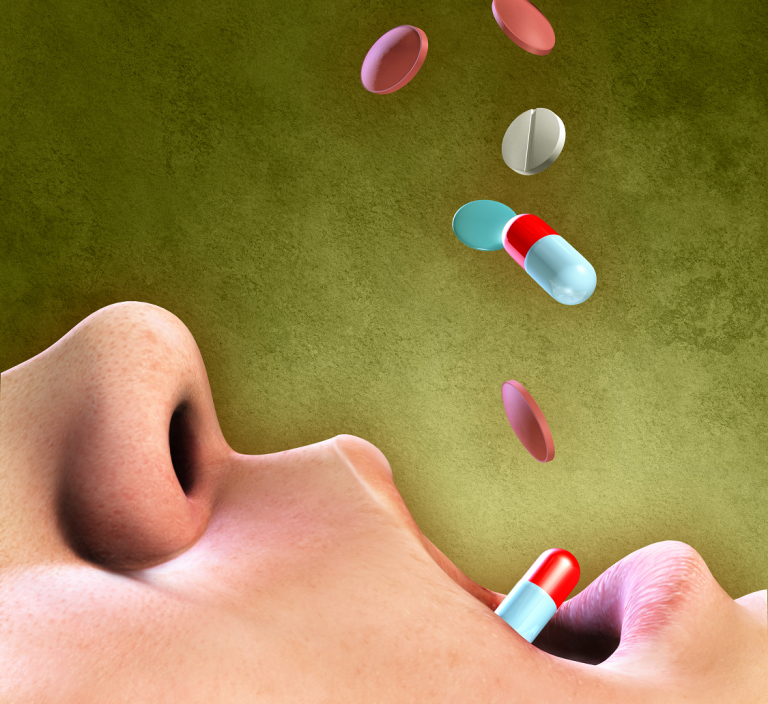It was one of those conversations you never forget. We were discussing—of all things—the Covid injections, and I was questioning the early ‘safe and effective’ claims put forward by the pharmaceutical industry. I felt suspicious of how quickly we had arrived at that point of seeming consensus despite a lack of long-term safety data. I do not trust the pharmaceutical industry. My colleague did not agree, and I felt my eyes widen as he said, “I don’t think they would do anything dodgy.” Clearly, my colleague had not read the medical history books. This conversation slapped me out of my own ignorance that Big Pharma’s rap sheet was well-known in the profession. It isn’t.
With this in mind, let’s take a look at the history of illegal and fraudulent dealings by players in the pharmaceutical industry; an industry that has way more power and influence than we give them credit for.
Before I continue, a word (not from our sponsor). There are many people working in this industry who have good intentions towards improving health care for patients, dedicating their lives to finding a cure or treatment for disease. Some therapeutic pharmaceuticals are truly life-saving. I probably wouldn’t be here today were it not for a couple of life-saving drugs (that’s a story for another time). But we must be very clear in our understanding. The pharmaceutical industry, as a whole and by its nature, is conflicted and significantly driven by the mighty dollar, rather than altruism.
There are many players and different games being played by the industry. We ignore these at our peril. The rap sheet of illegal activities is alarming. It seems that barely a month goes by without some pharmaceutical company in court, somewhere. Criminal convictions are common and fines tally into the billions. Civil cases, with their million-dollar settlements, are abundant too.
A 2020 peer-reviewed article published in the Journal of the American Medical Association outlines the extent of the problem. The group studied both the type of illegal activity and financial penalties imposed on pharma companies between the years 2003 and 2016. Of the companies studied, 85 percent (22 of 26) had received financial penalties for illegal activities with a total combined dollar value of $33 billion. The illegal activities included manufacturing and distributing adulterated drugs, misleading marketing, failure to disclose negative information about a product (i.e. significant side effects including death), bribery to foreign officials, fraudulently delaying market entry of competitors, pricing and financial violations, and kickbacks.
When expressed as a percentage of revenue, the highest penalties were awarded to Schering-Plough, GlaxoSmithKline (GSK), Allergan, and Wyeth. The biggest overall fines have been paid by GSK (almost $10 billion), Pfizer ($2.9 billion), Johnson & Johnson ($2.6 billion), and other familiar names including AstraZeneca, Novartis, Merck, Eli Lilly, Schering-Plough, Sanofi Aventis, and Wyeth. It’s quite a list, and many of the Big Pharma players are repeat offenders.
Prosecuting these companies is no mean feat. Cases often drag for years, making the avenue of justice and resolution inaccessible to all but the well-funded, persistent, and steadfast. If a case is won, pharma’s usual response is to appeal to a higher court and start the process again. One thing is clear; taking these giants to court requires nerves of steel, a willingness to surrender years of life to the task, and very deep pockets.
For every conviction, there are countless settlements, the company agreeing to pay out, but making no admission of guilt. A notable example is the $35 million settlement made, after 15 years of legal maneuvering, by Pfizer in a Nigerian case that alleged the company had experimented on 200 children without their parent’s knowledge or consent.
If you would like to receive an e-mail notice of the most recent articles published in The Vaccine Reaction each week, click here.
This article was originally published by the Brownstone Institute. Dr. Julie Sladden is a medical doctor and freelance writer with a passion for transparency in healthcare. Her op-eds have been published in both The Spectator Australia and The Daily Declaration. In 2022, she was elected as a Local Government Councillor for West Tamar in Tasmania.













5 Responses
I worked for big pharma over 30 years. Everything they do is “dodgy”!
Excellent perspective. I’ve clumped all doctors into the evil category when maybe they’re simply ignorant. Regardless, by now they know the realities of bigpharma or should know. Remaining ignorant at this point is inexcusable.
I do not trust Big Pharma and I refused the Covid vaccine as soon as the scare tactics came out. I am Canadian but I saw the reactions of the Americans lining up, filling a gym to get the shot. I realized that scare tactics work.
I used to trust modern medicine, but I’ve learned to stay healthy the natural way with diet and exercise. I want to know as much as I can about what is false and what is true.
I am 82 years old, but I’ve been told by everyone who finds out my age that I look, act and think, at least ten years younger.
The only reason Moderna is not on that list is for ten years they took investors money and never produced a drug that worked . 50% owned and funded by Fauci & NIAID [who stood to gain from patents] they were pushed to the front of the line because Fauci “is the science” . Also the mRNA formula they used was stolen from another company in Canada. Their product unfortunately had complete immunity from liability and the “specialCovid court” is worse than the Vaccine court paying out next to nothing when the damages have been monumental.
The presumed referenced article is here:
Financial Penalties Imposed on Large Pharmaceutical Firms for Illegal Activities
https://jamanetwork.com/journals/jama/fullarticle/2772953